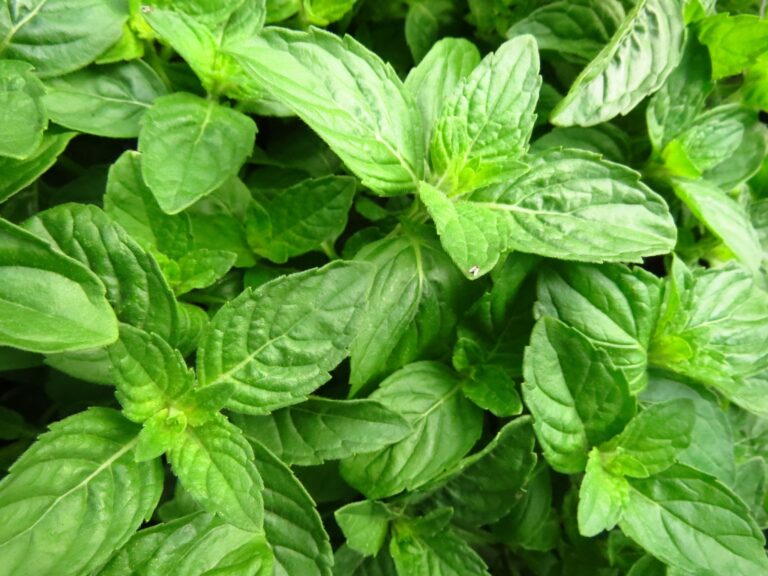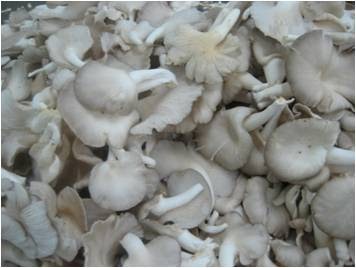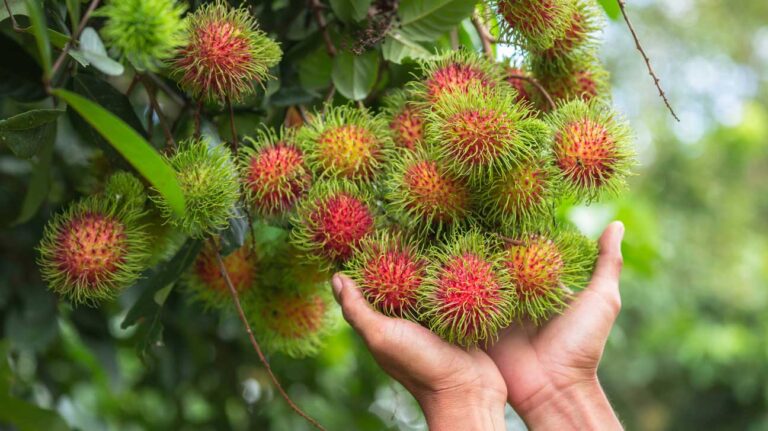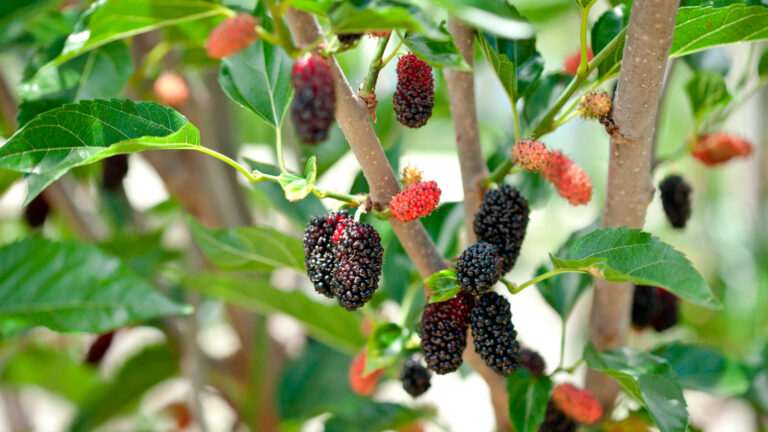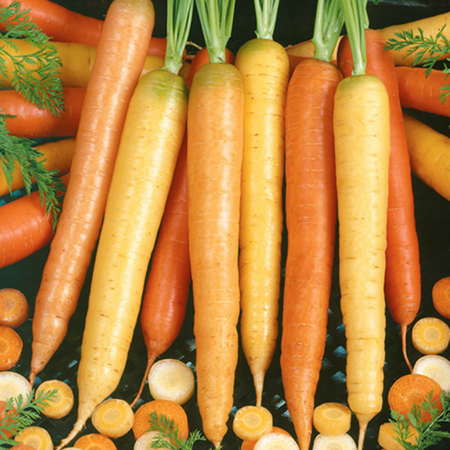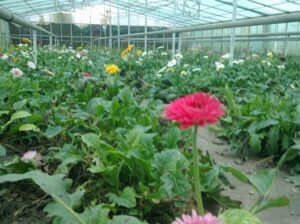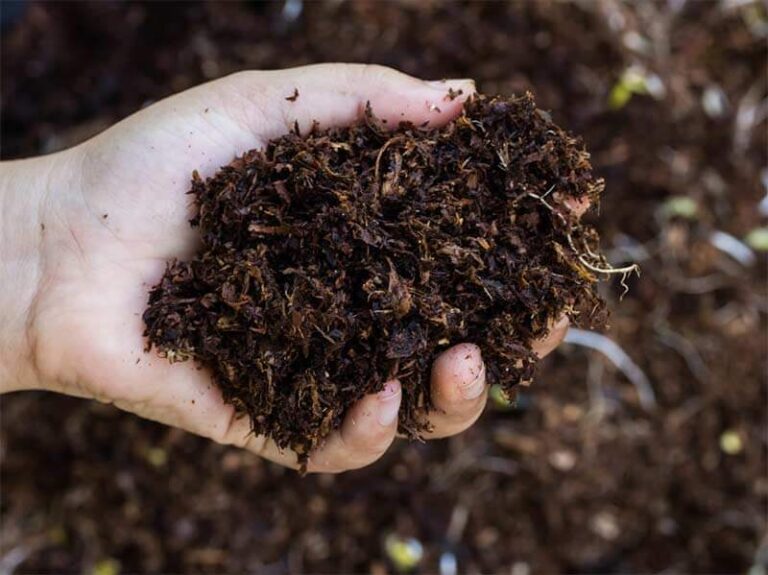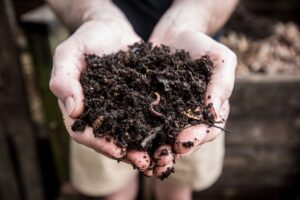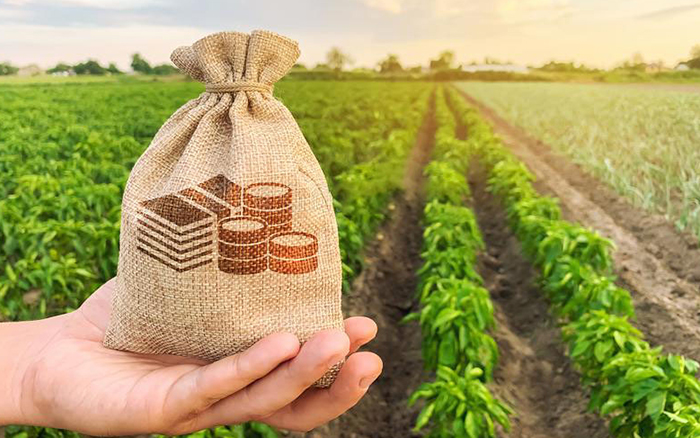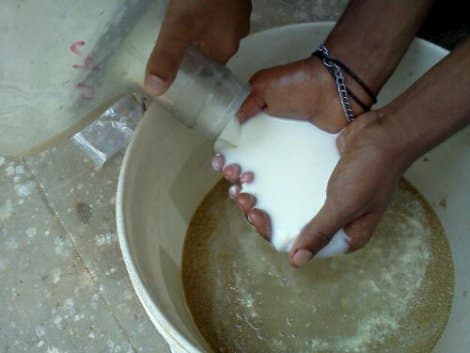Basil is a popular herb known for its delightful fragrance and its ability to enhance the flavor of various dishes. Whether you’re a seasoned gardener or a novice with limited space, growing basil in pots is a rewarding and accessible endeavor. In this guide, we will take you through the process of cultivating fresh basil right at home, using minimal space and resources.
Basil or Tulsi is a popular herb, known for its aromatic leaves and versatility in the kitchen, is a beloved herb among gardeners and cooks. Whether you’re a seasoned gardener or a novice looking to grow basil at home for the first time, this comprehensive guide will walk you through the steps to plant your basil in pots from seeds or cutting. From choosing the right basil varieties to understanding when to plant basil seeds, how to grow basil from cuttings, and how to care for them, we’ll cover all the keyphrases you need for successfully growing basil at home in pots or grow bags. Discover the secrets of how to grow tulsi/basil from seeds, how to maintain your basil indoors or in containers, and how to repot basil plants.
Popular Types of Basil
Before knowing the details of growing basil at home, it is important to know about the popular varieties of basil available in India that can be easily grown from seeds or cuttings:
Sweet Basil: Sweet Basil is the most common variety, known for its sweet, slightly peppery flavor. It’s popular for making classic pesto.
Genovese Basil: Genovese Basil is a subtype of sweet basil, it’s favored for its large, tender leaves and strong flavor.
Thai Basil: Thai basil has a unique anise and licorice flavor that is commonly used in Thai and Vietnamese cuisine.
Lemon Basil: As the name suggests, lemon basil has a refreshing lemon-like aroma and flavor, making it a popular variety of basil.
When to Plant Basil In India?
Basil is a warm-season herb and thrives in temperatures between 70°F to 95°F (21°C to 35°C). It is best to plant basil when the soil is warm, usually in the spring and summer. In India, you can grow basil indoors in any season with a little care and maintenance.
How to Grow Basil At Home?
Growing basil at home from seeds in pots is a simple process. Here’s a step-by-step guide to help you get started:
Materials You’ll Need:
- Basil seeds
- Pot or grow bags with drainage holes
- High-quality potting soil mix
- Watering can
- Plastic wrap or a clear plastic bag (Optional)
- Small gardening trowel
Best Grow Bags Size For Basil Plant:
Select a pot or grow bag that is at least 6-9 inches deep and has drainage holes at the bottom. Proper drainage is important to prevent waterlogged soil, which can harm basil plants. The best sizes of grow bags for planting tulsi/basil are:
Prepare the Potting Soil:
Fill the pot with a high-quality potting soil mix that offers good drainage and is rich in organic matter. You can also mix in some compost for added nutrients in the soil.
Sow the Basil Seeds:
Sprinkle several basil seeds evenly over the surface of the soil as they are small and may not all germinate. Lightly press the seeds into the soil with your fingers or using a small gardening trowel.
Cover the Seeds:
Gently cover the basil seeds with a thin layer of potting mix or vermiculite. This helps maintain moisture and provides a good environment for germination.
Watering Basil Seeds:
Water the soil thoroughly but gently to ensure the seeds are properly moist. Use a watering can with a fine spray to keep the seeds from scattering.
Create a Mini Greenhouse:
To create a humid environment for fast germination, cover the pot with plastic wrap or keep it in a clear plastic bag.
Provide Warmth and Light:
Place the grow bag or pot in a warm, well-lit area. Basil seeds germinate best at temperatures between 21°C to 25°C. If you’re growing basil from seeds during cooler months, using a heat mat is good for germination. Ensure the plant receives at least 6-8 hours of indirect or direct sunlight every day.
Transplant or Thin Further:
If you have limited space in your container, consider transplanting some of the basil seedlings to another grow bag/pot or thinning them further to provide adequate room for their growth.
Fertilize For Basil Plant:
Once the basil seedlings have a few sets of true leaves, it is best to fertilize with a balanced, water-soluble fertilizer every 4-6 weeks. This will provide the necessary nutrients for healthy growth.
How To Grow Basil Plants From Cuttings
Growing basil plants from cuttings is an effective method to propagate new basil plants. Here’s a step-by-step guide on how tulsi from cuttings:
- Take a 4-6 inch healthy cutting from a basil plant.
- Remove lower leaves and leave a few at the top.
- Dip the cut end in the rooting hormone (optional).
- Place the cutting in a container of water, making sure the cut end is completely submerged.
- Place it in a bright spot with indirect light.
- Change the water every few days.
- Transplant the cutting with healthy roots into a pot with good-quality soil.
- Give water and provide sunlight, and you’ll have a new basil plant ready for harvest.
Basil Common Problems
Pests: Watch for common pests like aphids, whiteflies, and spider mites. Use organic neem oil or insecticidal soap to control them.
Diseases: By maintaining good aeration and avoiding overhead watering, you can prevent fungal diseases from affecting your plants.
How To Repot Basil
If you notice your potted tulsi plant becoming root-bound or outgrowing its container, it’s the right time to repot.
Choose a Larger Pot: Select a clean container with proper drainage holes, slightly larger than the current one.
Gently Uproot Basil: Carefully lift the basil plant, taking care not to harm the roots.
Loosen Roots: Gently separate the root ball, helping root adaptation.
Add Fresh Soil: Put a layer of rich, well-draining potting soil in the new pot.
Transplant Basil: Place the basil at the same depth as before and fill it with soil.
Thoroughly Water: After repotting, water properly to reduce transplant shock.
Maintain Care: Keep the repotted basil plants in sunlight, and water regularly, and continue your care routine, including fertilization as needed.
Harvesting Basil Leaves
- Harvest basil leaves when the plant is about 8-10 inches tall.
- Pinch or snip off individual leaves or cut entire branches.
- Continue to harvest every one or two weeks throughout the season to encourage leaf growth. Harvesting your basil plants regularly will help promote new growth and ensure a continued supply of fresh basil for all your culinary delights.
Thanks for reading this article on how to grow basil from seeds or cuttings at home and how to care for basil plants in pots. Share this post with your family and friends and leave a comment if you like it.

